THIS IS MY OWN, MY NATIVE LAND!
July 10th, 2009 admini notice that a first edition of The English at Home by Bill Brandt (Batsford Ltd, 1936), was recently sold by Somer Books for £345. A reasonable price when you consider that Harper’s Books are currently offering a copy of this seminal photography book for $2500!
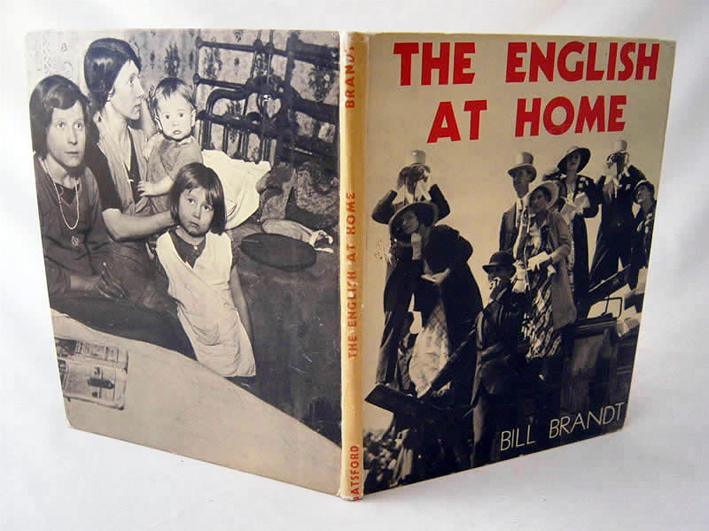
The English at Home was Brandt’s first published collection of photographs and provides a unique insight into the extremes of British society in the years immediately before the Second World War. In the mid-1930s such photo-journalism was very rare and the unsettling social questions raised by Brandt’s photographs rarely discussed. Brandt (1904 – 1983) became a regular contributor to Picture Post and Harper’s Bazaar and was famously commissioned by the Ministry of Information to photograph life in the London Underground bomb shelters during the Blitz.
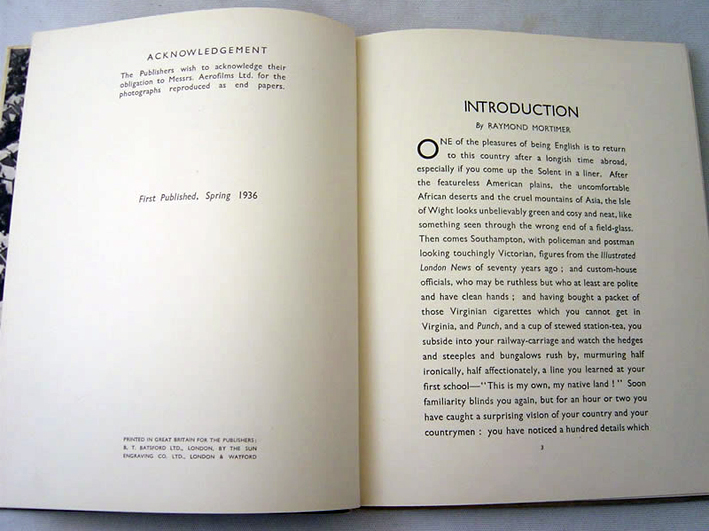
Brandt’s The English at Home opens with a delightfully ‘English’ introduction by writer Raymond Mortimer–
“One of the pleasures of being English is to return to this country after a longish time abroad, especially if you come up the Solent in a liner. After the featureless American plains, the uncomfortable African deserts and the cruel mountains of Asia, the Isle of Wight looks unbelievably green and cost and neat, like something seen through the wrong end of a field-glass. Then comes Southampton, with policeman and postman looking touchingly Victorian, figures from the illustrated London News of seventy years ago; and custom-house officials, who may be ruthless but who at least are polite and have clean hands; and having bought a packet of Virginian cigarettes which you cannot get in Virginia, and Punch, and a cup of stewed station-tea, you subside into your railway-carriage and watch the hedges and steeples and bungalows rush by, murmuring half ironically, half affectionately, a line you learned at you first school – “This is my own, my native land!â€
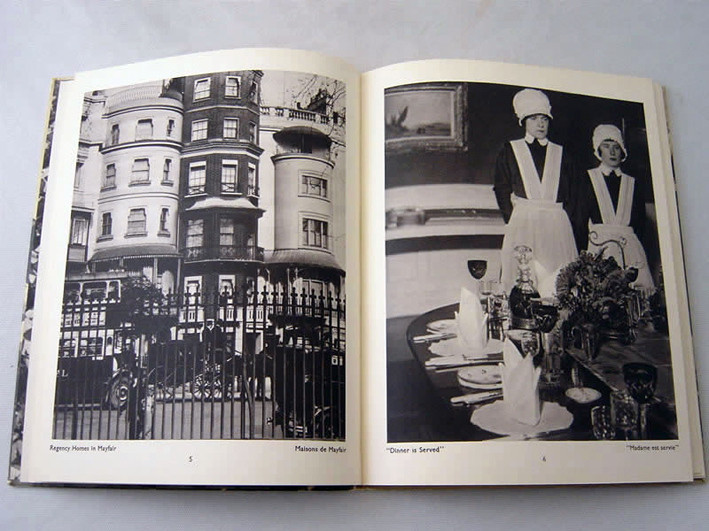
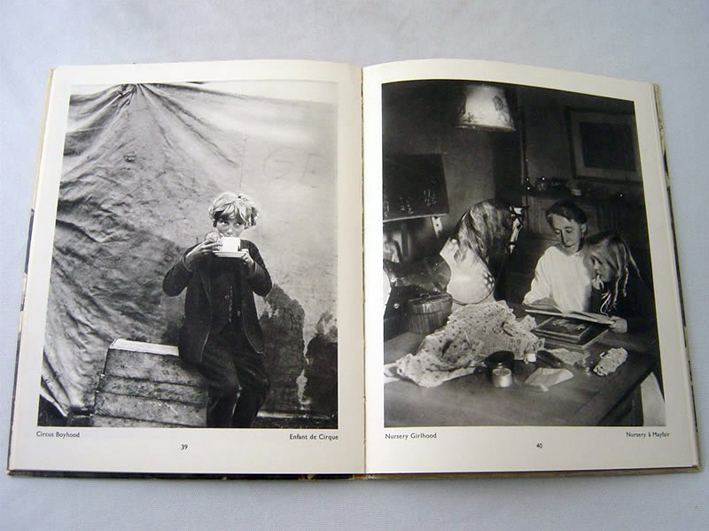
Brandt’s uncompromising style and eye for detail made him one of Britain’s most influential and internationally admired photographers of the 20th century his work influencing Robert Frank among others. He’s also cited as the grandfather of the British documentary photobook, and the proper context in which later work by Martin Parr, Chris Killip, Tony Ray-Jones and Paul Graham should be seen.
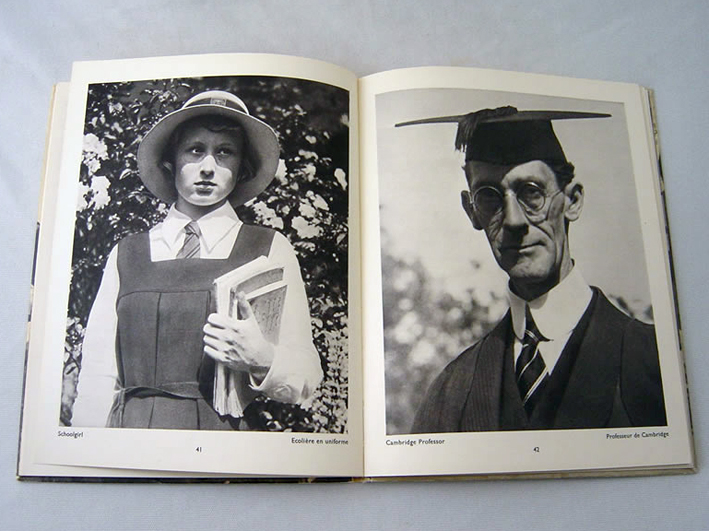
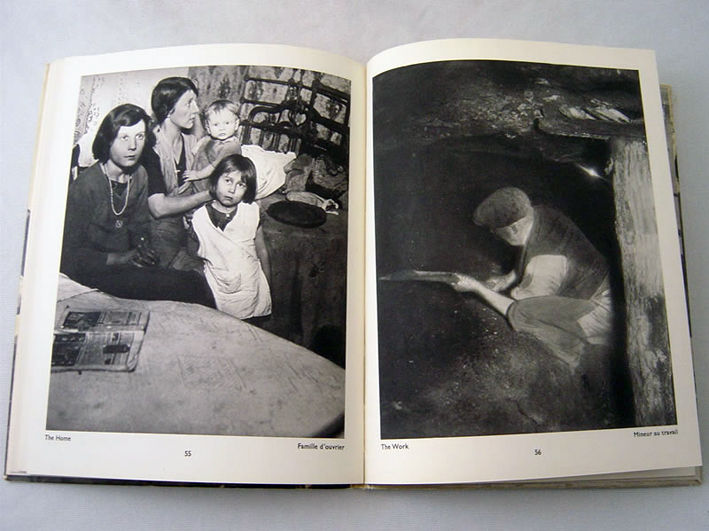
A celebration of “the English” or an expose of the country’s famously rigid class structure? This is the question David Levi-Strauss poses in his description of The English At Home in The Book of 101 Books. As Parr and Badger explain, having been raised on the continent, Brandt was something of an outsider in England. Despite his privileged background, though, he “managed to focus on the lower classes without the sense of condescension that frequently accompanied the Englishman investigating the lower order like an anthropologist examining a foreign tribe…. He photographed all classes with an unusual degree of sympathy, using the pages of his books to bring out stark contrasts…[that] were always pertinent and ha never quite been highlighted in this way before, or since. The images in The English At Home must have shocked readers who expected a cosy, conventional look at the old country.”
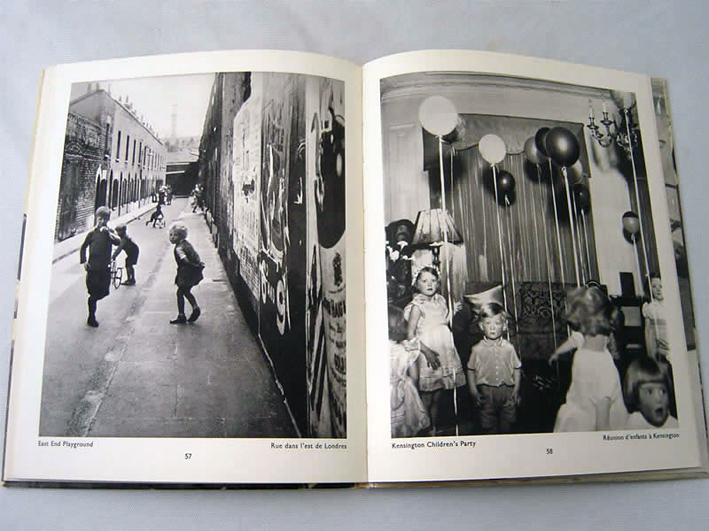
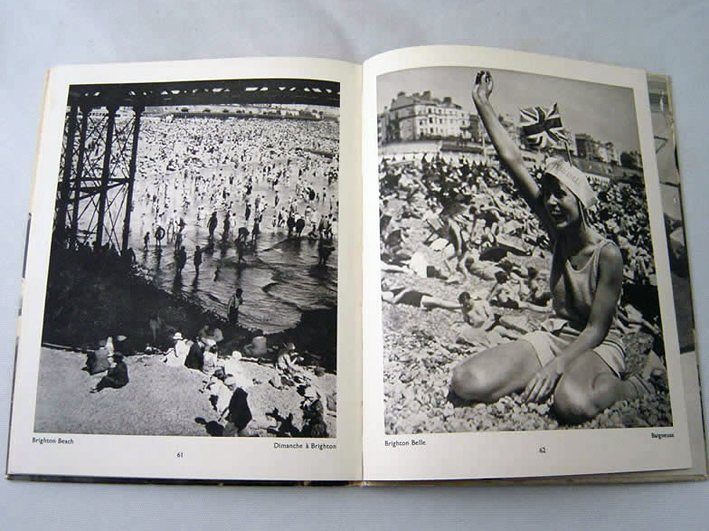
You can read a series of reviews and articles on the work of Bill Brandt here.

